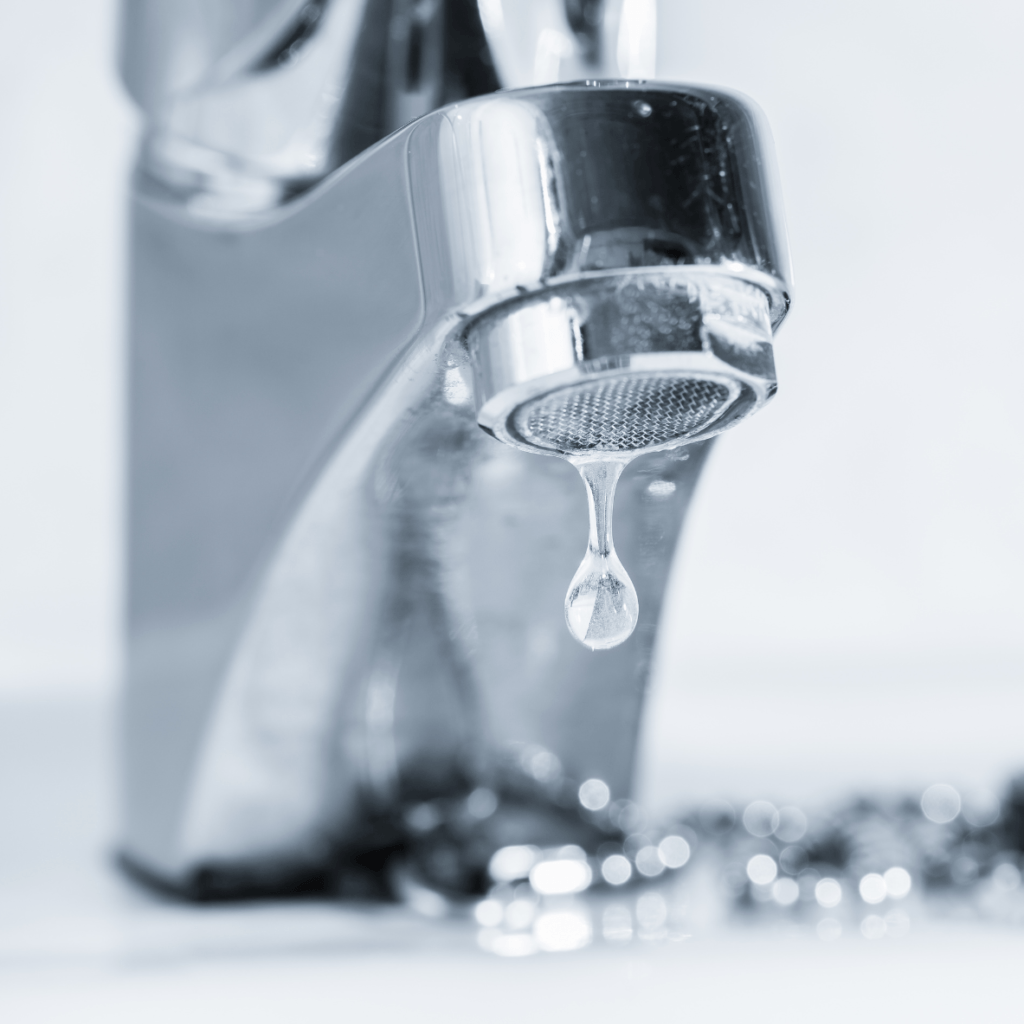How to Replace a Kitchen Faucet: A DIY Guide by Ocala Handyman Co.
If you are looking for a simple and affordable way to update your kitchen, replacing your old faucet with a new one can make a big difference. A new faucet can improve the functionality and appearance of your sink, as well as save water and reduce leaks. However, installing a kitchen faucet can be tricky if you don’t have the right tools and skills. That’s why we have prepared this DIY guide to help you replace your kitchen faucet in a few easy steps. But if you prefer to leave this job to the professionals, you can always call Ocala Handyman Co. at (352) 320-5265 and get a free estimate for your kitchen faucet installation.
What You’ll Need
Before you start, make sure you have the following tools and materials ready:
- A new kitchen faucet that fits your sink and matches your style. You can choose from different types of faucets, such as single-handle, double-handle, pull-down, pull-out, touchless, or commercial-style faucets. You can also select different finishes, such as chrome, stainless steel, bronze, or brass.
- A basin wrench or an adjustable wrench to loosen and tighten the nuts and bolts.
- A pair of pliers to disconnect and reconnect the water supply lines.
- A screwdriver to remove and attach the faucet handle(s) and other parts.
- A utility knife or a putty knife to remove the old caulk or plumber’s putty.
- A bucket or a towel to catch any water that may drip from the pipes.
- Plumber’s tape or thread sealant to prevent leaks at the connections.
- Caulk or plumber’s putty to seal the base of the faucet.
Step 1: Turn Off the Water Supply
The first step is to turn off the water supply to the faucet. Locate the shutoff valves under the sink and turn them clockwise until they stop. If you don’t have individual shutoff valves for the faucet, you may need to turn off the main water supply for the house. Then, turn on the faucet and let the remaining water drain out.
Step 2: Remove the Old Faucet
The next step is to remove the old faucet from the sink. Depending on the type of faucet you have, you may need to follow different steps. Here are some general guidelines:
- Remove the handle(s) by prying off the cap with a screwdriver and unscrewing the screw underneath. Then, pull off the handle(s) from the stem(s).
- Remove the escutcheon plate (if any) by unscrewing it from the base of the faucet or prying it off with a putty knife.
- Disconnect the water supply lines from the faucet by using a wrench or pliers to loosen the nuts. Be careful not to twist or damage the pipes. Place a bucket or a towel under the pipes to catch any water that may drip.
- Disconnect the sprayer hose (if any) from the faucet by unscrewing it from the diverter valve or using a quick-connect release tool (if applicable).
- Remove the mounting nuts or screws that hold the faucet in place by using a basin wrench or an adjustable wrench. Then, lift up and remove the faucet from the sink.
- Clean up any residue or debris from the sink surface by using a utility knife or a putty knife.
Step 3: Install the New Faucet
The final step is to install the new faucet on the sink. Again, depending on the type of faucet you have, you may need to follow different steps. Here are some general guidelines:
- Place the rubber gasket or trim ring (if any) over the faucet holes in the sink and set the deck plate (if any). Refer to the manufacturer’s instructions regarding whether you need to use caulk or plumber’s putty for sealing.
- Insert the faucet assembly through the hole(s) in the sink and secure it with the mounting nut(s) or screw(s) provided. Use a basin wrench or an adjustable wrench to tighten them firmly but not too much.
- Connect the water supply lines to the faucet by using a wrench or pliers to tighten the nuts. Make sure to match the hot and cold lines correctly and use plumber’s tape or thread sealant on the threads to prevent leaks.
- Connect the sprayer hose (if any) to the faucet by screwing it to the diverter valve or using a quick-connect fitting (if applicable). Attach the weight (if any) to the hose to help it retract smoothly.
- Turn on the water supply and check for leaks and proper function. Adjust the handle orientation and the water flow and temperature as needed. Replace the cap(s) on the handle(s) and screw them in place.
Congratulations! You Have Successfully Replaced Your Kitchen Faucet
You have just learned how to replace a kitchen faucet by yourself. You have saved money and improved the look and performance of your sink. However, if you encounter any problems or difficulties along the way, or if you prefer to let the experts handle this task, don’t hesitate to contact Ocala Handyman Co. We are a professional handyman service that serves Ocala and Marion County in Florida. We can install any type of kitchen faucet for you quickly and efficiently, at a reasonable price. We also offer other handyman services, such as plumbing, electrical, carpentry, painting, flooring, and more. To get a free estimate for your kitchen faucet installation or any other project, call us today at (352) 320-5265. We look forward to hearing from you!



